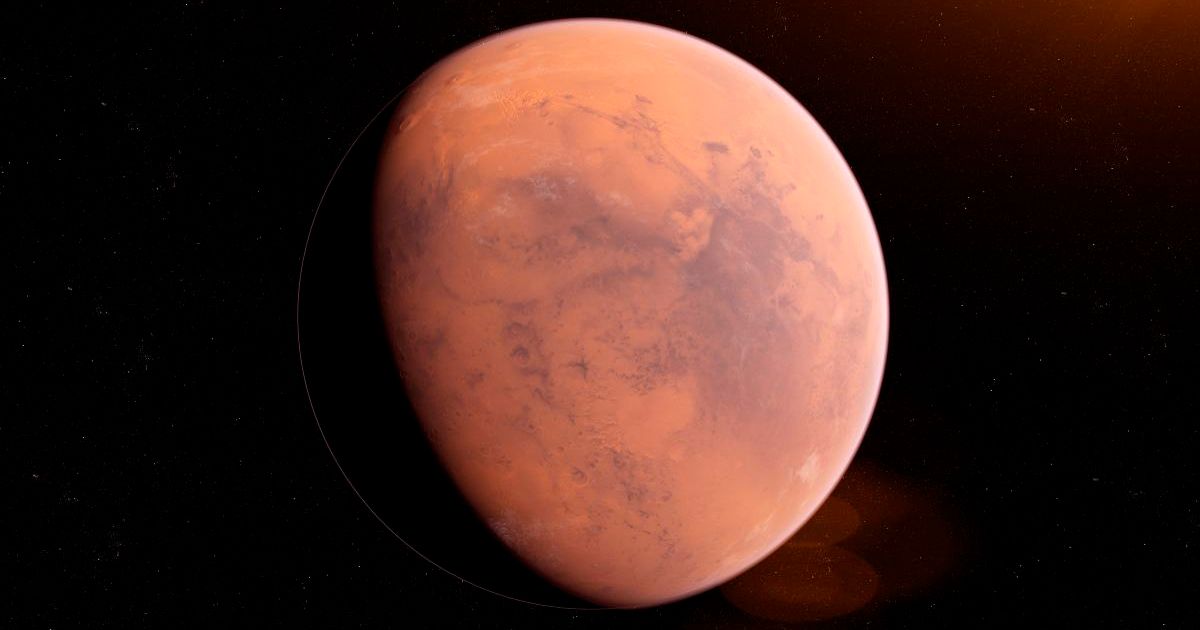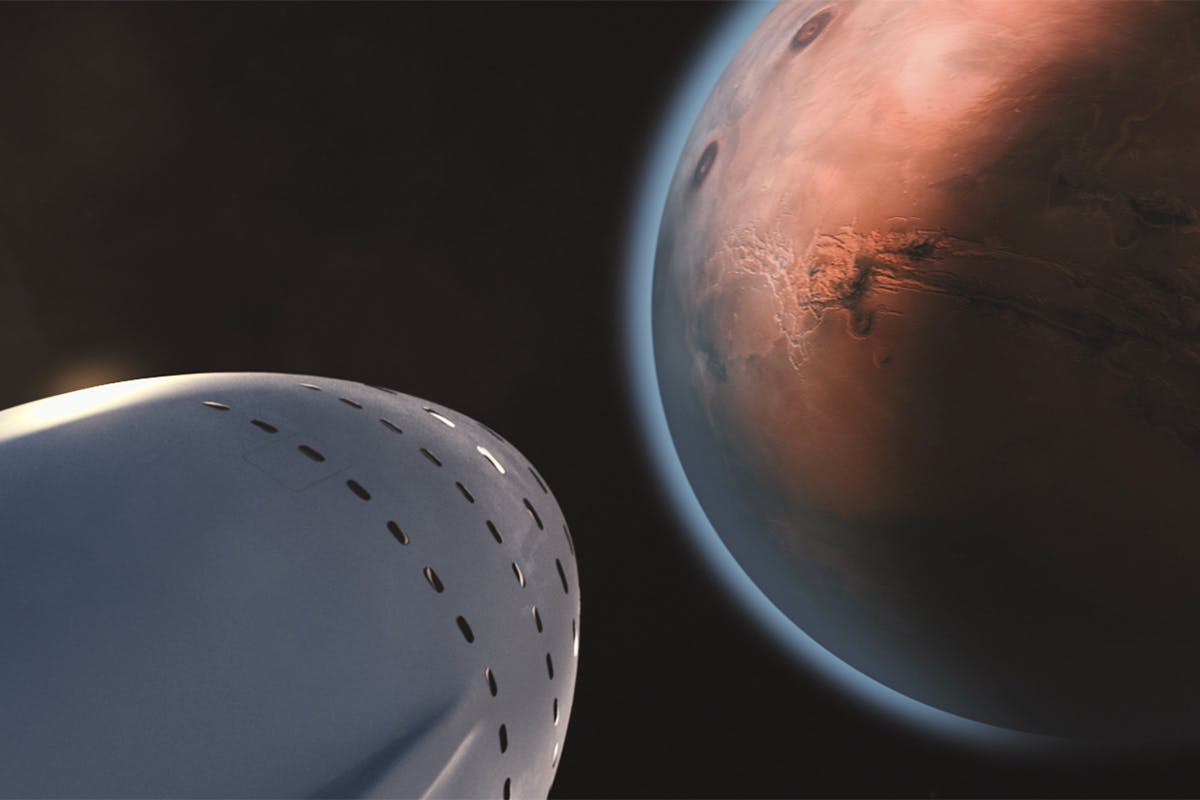Did Mars ever have life? Researchers have come up with a new theory to answer this question

Mars' viability has been a crucial question for researchers worldwide. Whether it can support life now or once did is essential to understand for the purpose of making the Red Planet a future human settlement. A new study published in Science Advances suggests that Mars once supported life. Whether it hosted beings or not is a mystery, but it did have conditions suitable for habitation. The simulations conducted by experts revealed that the Red Planet wasn't always cold, and a process actually facilitated billions of years ago, making it hot enough to capture water. Along with water, the process led to several other Earth-like conditions on Mars at the time, which could have made the planet hospitable.

Role of Volcanic Activity
Simulations described in the study suggest that volcanic activity took place on the Red Planet that emitted sulfur gases, according to Science Daily. The whole process facilitated a greenhouse warming effect, which elevated the planet's temperature. Around 40 simulations were conducted to reach this conclusion. These simulations were based on data regarding the composition of Martian meteorites, available to experts. The simulations considered varying temperatures, concentrations, and chemistry to understand the quantity of carbon, nitrogen, and sulfide gases emitted in the early Martian atmosphere.

Challenging Past Models
The early Martian atmosphere has long been a mystery for experts, and insights like these go a long way in solving it, according to Texas Geosciences. Previous climate models implied that the Red Planet exhibited high concentrations of sulfur dioxide (SO₂) around 3-4 billion years ago. The simulations explained in this study reveal that, instead of elevated SO₂, Mars contained chemically "reduced" forms of sulfur. These forms, like sodium sulfide (H₂S), disulfur (S₂), and possibly sulfur hexafluoride (SF6), are highly reactive and extremely potent greenhouse gases. Lucia Bellino, a doctoral student at the UT Jackson School of Geosciences and the lead author of the study, claims that the presence of these forms created a climate on Mars that was hospitable for several living beings.
The study cites that reduced sulfur facilitated a hazy environment, which caused a greenhouse effect that, in turn, trapped heat and liquid water. This process has been noted on Earth, especially in places where microbes have thrived. "The degassed sulfur species and redox conditions are also found in hydrothermal systems on Earth that sustain diverse microbial life," Bellino added. This evaluation of Mars stands apart from others because, rather than focusing on how gases released from the surface impacted the atmosphere, this one concentrated on how sulfur transformed as it moved through geological processes.
Researchers tried to understand how sulfur separated from other minerals, and how it combined with magma layers below the planet's crust. It gave them a clear picture of the element's chemical state before it was released from the surface and started impacting the atmosphere. During their examination, the team also found evidence that indicated that sulfur was changing forms in the Martian atmosphere. In Martian meteorites, there were high concentrations of reduced sulfur, while on the surface, there was sulfur chemically bonded with oxygen. "This indicates that sulfur cycling – the transition of sulfur to different forms – may have been a dominant process occurring on early Mars," said Bellino.
Verification Through the Curiosity Mars Rover
In 2024, the Curiosity rover broke open a Martian rock, which supposedly contained elemental sulfur. It was the first time sulfur in the pure form was uncovered on Mars. This discovery supported the insights provided by the study. "We were very excited to see the news from NASA and a large outcrop of elemental sulfur," said Chenguang Sun, Bellino's advisor and an assistant professor at the Jackson School's Department of Earth and Planetary Sciences. "One of the key takeaways from our research is that as S₂ was emitted, it would precipitate as elemental sulfur. When we started working on this project, there were no such known observations." Now, researchers are looking forward to conducting more simulations to find other processes that may have helped in supporting life on Mars.